Product Consultation
Your email address will not be published. Required fields are marked *
The upholstery material of an executive office chair is a key factor that influences both the comfort of the user and the overall look of the chair. Striking the right balance between breathability, ease of cleaning, and aesthetic appeal is essential to ensure that the chair not only performs well during long hours of use but also maintains a professional appearance with minimal maintenance.
Breathability refers to the material’s ability to allow air to flow through the fabric, helping to regulate temperature and moisture. This is especially important for users who spend many hours seated, as non-breathable materials can trap heat and sweat, causing discomfort.
Many executive chairs use mesh fabrics or textiles engineered for ventilation. Mesh upholstery is woven to create tiny air channels that promote airflow, reducing heat buildup and preventing skin irritation. This material is often found on backrests, where airflow is most beneficial to reduce sweating on the user’s back.
In cases where leather or synthetic leather (such as PU leather or bonded leather) is used, manufacturers often incorporate perforations or micro-holes into the surface. These perforations improve airflow without compromising the smooth, high-end look of leather upholstery.
Additionally, some advanced textiles are designed with moisture-wicking properties that draw sweat away from the body, further enhancing comfort in warm environments or under extended use.
Office chairs are subject to spills, dust, and regular wear, so the upholstery material must be easy to clean and maintain to keep the chair looking fresh and professional.
Leather and faux leather materials (including PU leather) are popular choices because they have smooth surfaces that resist staining and are simple to wipe clean with a damp cloth or mild cleaning agents. This makes them suitable for busy office settings where regular cleaning is necessary.
Synthetic fabrics often come treated with anti-stain, water-repellent, or antimicrobial coatings that help prevent spills from soaking into the material and inhibit bacterial growth, reducing odors and maintaining hygiene.
Mesh fabrics, while breathable, can collect dust and small debris in their weave. However, they are easy to clean by vacuuming or gentle brushing, and they dry quickly if any liquid spills occur. Their durability also resists pilling and sagging after prolonged use.
The ability to clean upholstery without special equipment or harsh chemicals reduces downtime and maintenance costs, making these materials practical for everyday office use.

The visual and tactile qualities of the upholstery contribute significantly to the executive office chair’s appeal, impacting the overall office environment and user perception.
Genuine leather is often considered the gold standard for executive chairs, prized for its luxurious texture, rich color depth, and natural variations that add character. Leather conveys a sense of prestige and professionalism, making it a favored option for high-end offices.
However, genuine leather can be expensive and requires proper maintenance to avoid cracking or fading. As a result, high-quality synthetic leathers and bonded leather have become popular alternatives, offering similar looks at a lower cost with enhanced resistance to stains and fading.
Fabric upholstery options come in a wide range of colors, patterns, and textures, allowing customization to match modern or traditional office decor. Fabrics can create a softer, warmer look compared to leather, and certain weaves or patterns can help hide wear and tear over time.
The choice of upholstery also affects the perceived quality of the chair. Materials with a smooth, even finish tend to look more refined, while textured fabrics can add visual interest and comfort.
Choosing the right upholstery material involves balancing these three factors to fit the user’s needs and office environment:
Breathable materials prevent discomfort during long sitting periods, which enhances productivity and reduces health risks like poor circulation or skin irritation.
Easy-to-clean surfaces ensure the chair maintains its appearance and hygiene with minimal effort, which is essential in professional and shared spaces.
Attractive upholstery supports the office’s aesthetic goals and presents a polished, sophisticated image to visitors and clients.
High-quality executive office chairs combine materials like breathable mesh or perforated leather with durable, stain-resistant coatings and visually appealing textures or finishes. This combination ensures that the chair delivers comfort, practical maintenance, and a professional look that complements any executive office or study environment.
Leisure Chairs: Comfort Revolution or Unsustainable Habit Enablers in a Disposable Culture?
May 20,2025Which Home Office Chair Is Best for Long Periods of Sitting?
Jun 06,2025Your email address will not be published. Required fields are marked *
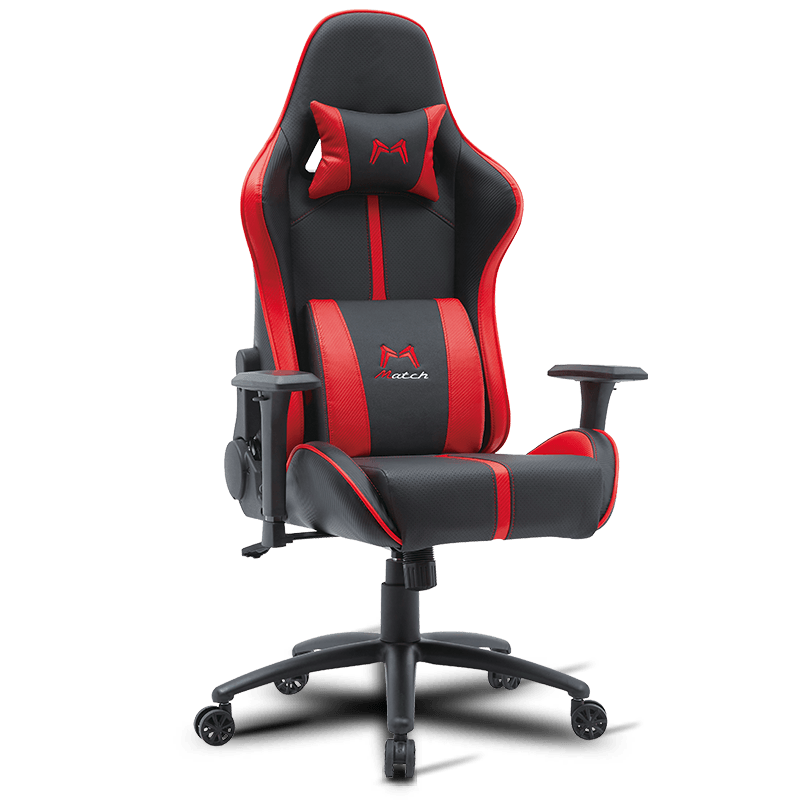
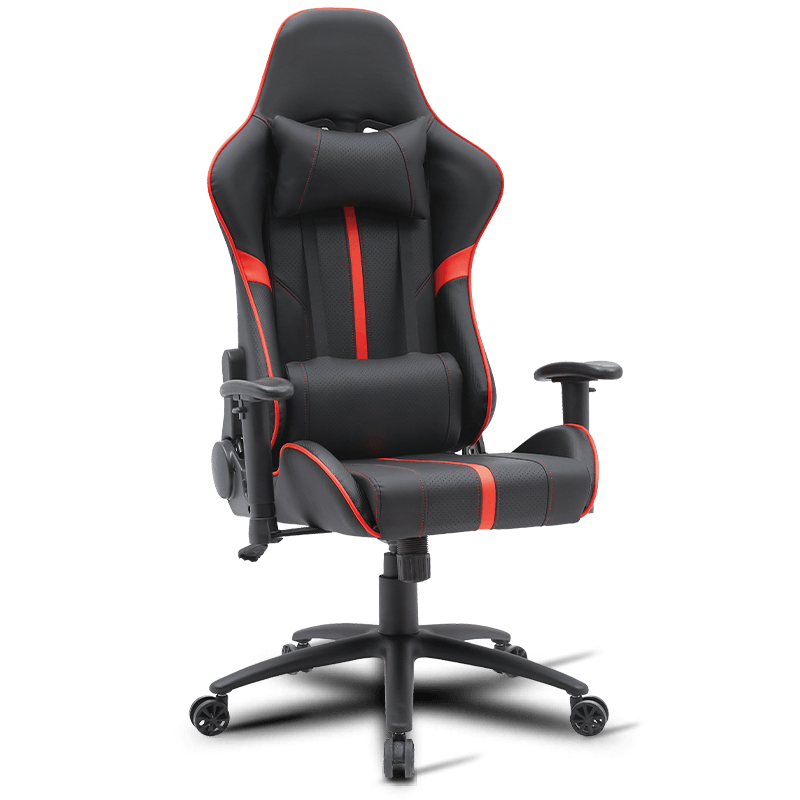
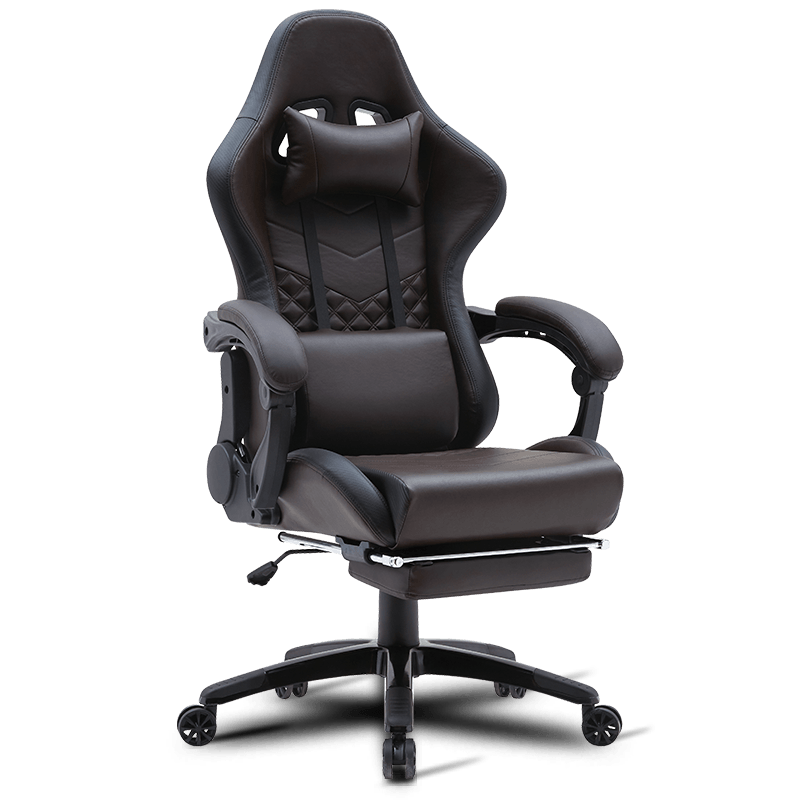
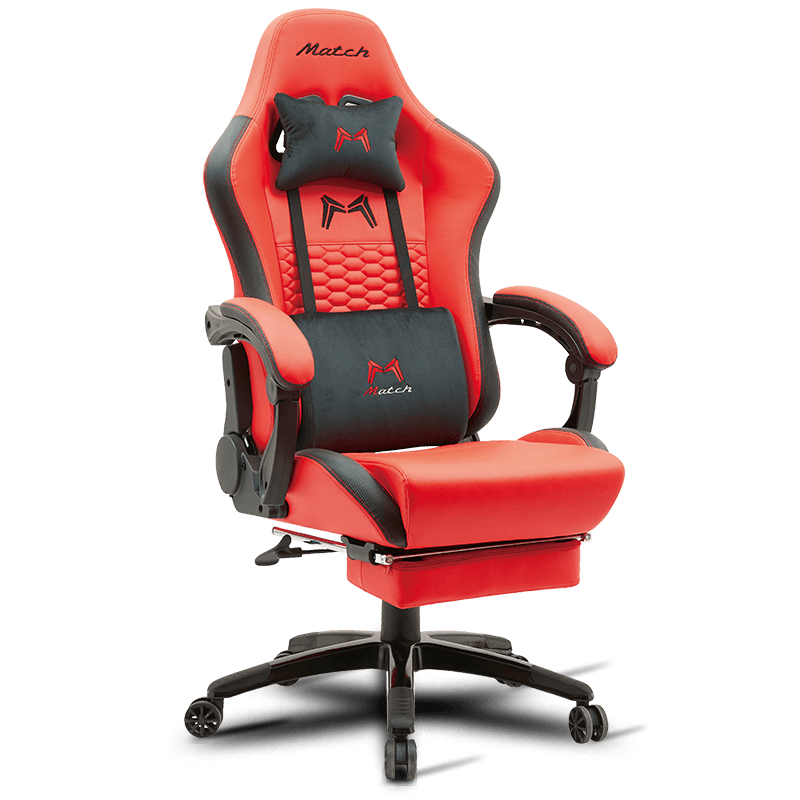
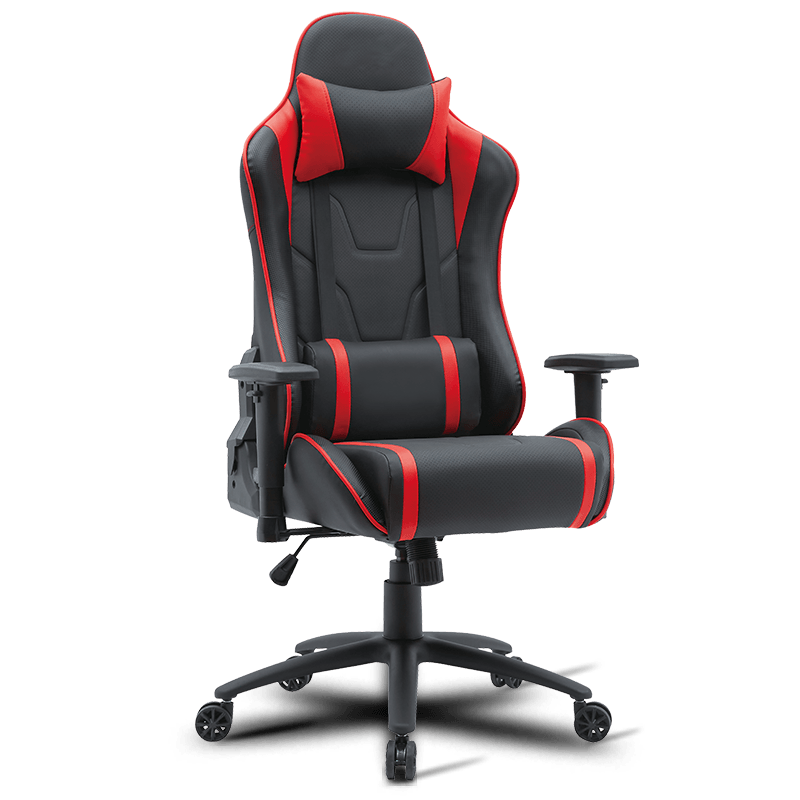
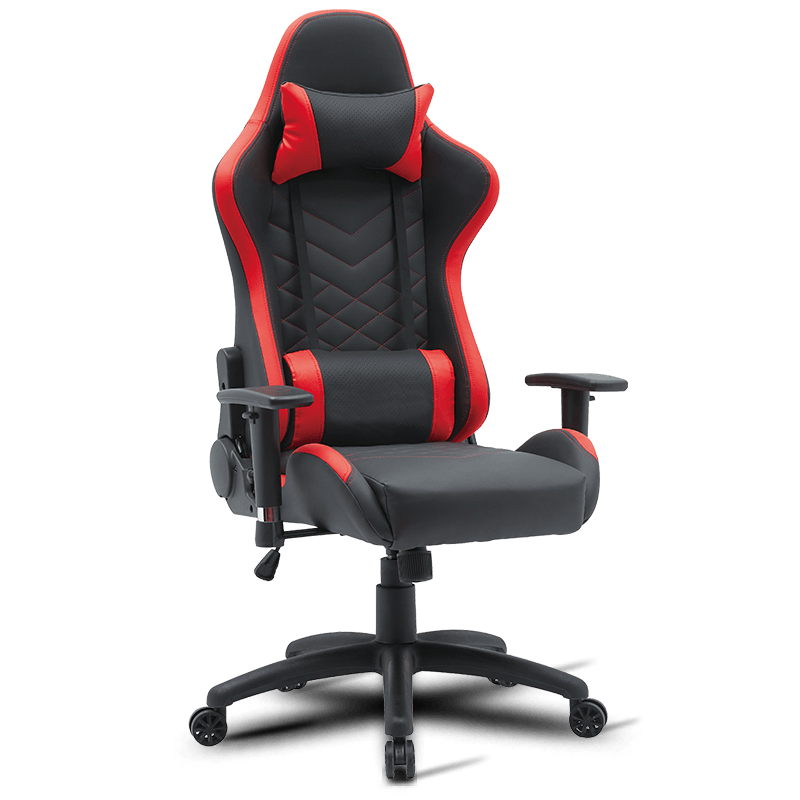
Tangpu, Huzhou, Zhejiang, China
0086-15088380506
Copyright © Anji Mingchuang Furniture Co., Ltd. All Rights Reserved.
